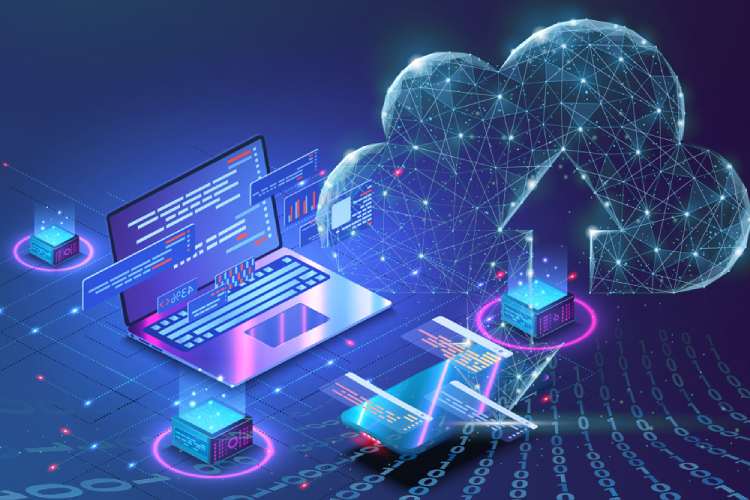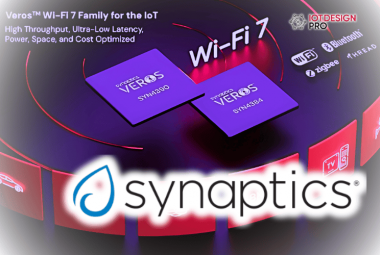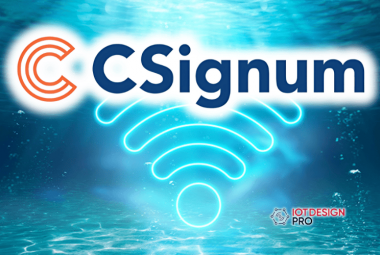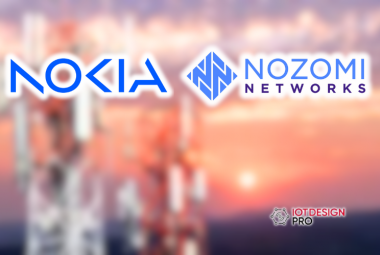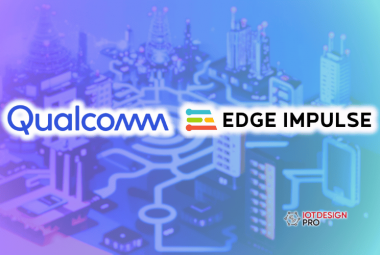When enterprises deploy IoT, it makes it more powerful to accumulate a huge amount of data from their physical devices
With the invention of unique technologies such as the cloud, the globe has gone through a lot of transformation and revolution. For instance, concepts such as Infrastructure as a Service (IaaS) and Platform as a Service (PaaS) have started gaining a huge traction among the enterprises helping the software industry to go for deployments, infrastructure, security, and resilience.
In the current scenario, the line drawn between the digital and physical ecosystems have been hidden by technologies such as IoT and edge computing. Computers no longer remain just CPUs following the guidelines of the users; they are now huge sources of data providing in-depth analysis into usage patterns and strategies for more efficiency. Now, enterprises that deploy these technologies without any difficulty have the highest chance of transforming their digital infrastructure.
An exclusive article by the Express Computer stated that when enterprises deploy IoT, it makes it more powerful to accumulate a huge amount of data from their physical devices. This is when the data can be put into PaaS services like Microsoft Azure Stream Analytics, bringing out insightful patterns and interconnections.
Sandeep Chellingi, Cloud & Infrastructure leader, Orion Innovation told the Express Computer, "These insights, in turn, can trigger subsequent workflows and generate dashboards that steer business decisions toward efficiency, optimisation, and innovation. Coupling IoT with Edge computing confers a distinct advantage, enabling businesses to analyze data from IoT devices with minimal latency and bolstered on-premise security for sensitive data."
"This approach also promotes compatibility with legacy devices. Edge computing seamlessly complements a company’s data center by ensuring critical workloads are processed closer to data sources and consumers, leading to cost reduction and faster processing times. Additionally, it empowers businesses to make real-time decisions and focuses on low-latency processing use cases."
Nonetheless, it is very important to understand that when data processing is done by the edge computing, it must not reproduce cloud computing’s scalability, AI-driven operations, analytics capabilities, or infrastructure cost reduction. Now, it is very important to combine cloud infrastructures and on-premises, escalating processing probability, and sending it throughout various data centers and hyperscale environments to efficiently scrutinize and monitor huge volumes of data. When new arenas for data processing are opened, it automatically widens the attack surface; thereby emphasizing the requirement to give high priority to security measures for both cloud infrastructures and on-premises.
"Businesses can secure their cloud environment by leveraging native cloud-based security services like Microsoft Defender for Cloud, offering security posture detection, threat management, and standardized practices to safeguard cloud servers and databases," added Chellingi.






